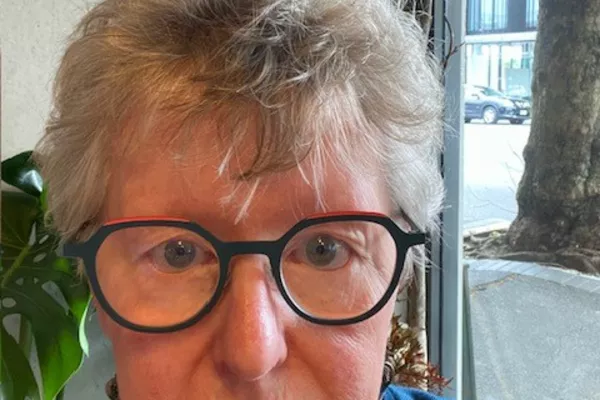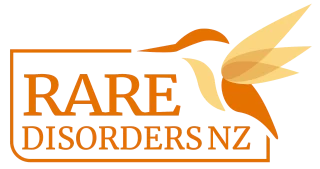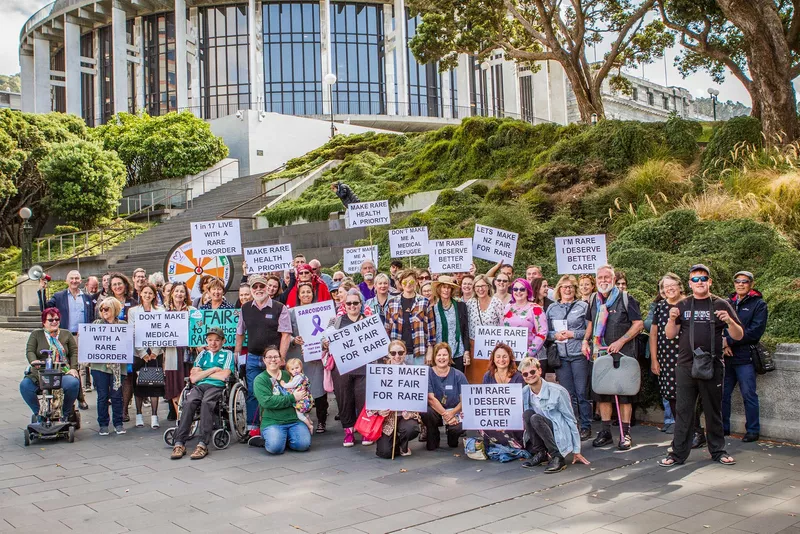Kathy's story
24 Sep 2024
I have inclusion body myositis (IBM). This is a degenerative disease of unknown origin that affects between 5-50 per million. It causes loss of skeletal muscles as your immune system interferes with the normal process of muscle cell turnover leading to gradual muscle loss and increasing weakness.
There is no definitive understanding of the underlying disease process. There is no drug treatment or cure. Immunosuppressive drugs such as steroids are not advised for IBM.
Most people report that exercise improves function of unaffected muscles but does not help IBM affected muscles.
My diagnosis journey began in 2011 when an eye specialist realised I could not screw up my eyes- as many of my facial muscles had stopped working. I was referred to a neurologist for blood tests, electrophysiology investigations and a muscle biopsy.
After several years of eliminating everything else, I was given the diagnosis of IBM. Over the next thirteen years I found it increasingly difficult to get up from chairs, to climb stairs, to eat without severe choking and to perform tasks requiring fine motor control.
I have many falls - 20 last year- and have had five broken bones from falls and trips in the last five years. I have the classic IBM weaknesses- wasted quadriceps, poor balance, very weak hand grip, poor swallowing muscles and facial weakness.
However, there is no standard IBM presentation. Every one seems to have their own ‘suite’ of symptoms and the order in which they arrive. All IBMers employ various life hacks to deal with their symptoms. Toilet raisers, soft food, high chairs and cushions, lots of safety rails around the house and handrails to haul yourself up stairs.
For mobility, we start using a walking stick, then a walker then an electric wheelchair. Ultimately, we become confined to a lazyboy or bed needing help with most cares. I try and engage in gentle exercise, walking, swimming, gentle stretches.
For most people, overdoing exercise or pushing damaged muscles to perform, leads to pain and further weakness. It is a balancing act to maximise the performance of your unaffected muscles while not further damaging your affected muscles.
Our future is uncertain but most folk with IBM try to face life with courage and positivity. We strive to do those things we desperately want to do, knowing it puts us at risk and may cause a fall.
The medical world cannot offer us much - just facilitating aids, rails, ramps etc. The real world, our IBM world, is our go-to place. There are several local and international Facebook pages that offer loads of great advice support and keep us up with the latest research. These pages are also a soft place to land when you are having a bad/sad day as only a fellow traveller can truly understand the daily battle of the disease. There are also several excellent support groups for meetings and chats in New Zealand. I strongly urge anyone reading this to reach out to access this support.


